Why ZESA Couldn’t Turn the Lights Back On Last Night
Struggling power utility ZESA has revealed why much of Zimbabwe spent last night in the dark. In an official statement, ZESA explained that a technical fault at Hwange Power Station, combined with low water levels at Kariba, has led to a significant power shortfall. Despite promises to resolve the situation, many residents were left wondering why electricity wasn’t restored as expected.
“Technical Faults and Water Levels to Blame”
In its statement, ZESA Holdings disclosed that a “technical fault” at Hwange Power Station has cut electricity production.
This fault is compounded by low water levels at Kariba Power Station, affecting hydroelectric generation.
ZESA noted that these issues have combined to create a “reduced electricity generation capacity,” which impacts customers nationwide.
ZESA’s Stakeholder Relations Department apologised, stating,
“We sincerely apologise for the inconvenience caused.” The statement added, “Our technical teams are actively working to resolve the fault at Hwange to minimise the impact on our customers.”
The utility did not specify how long these repairs would take, leaving residents uncertain about when their power would return to normal.
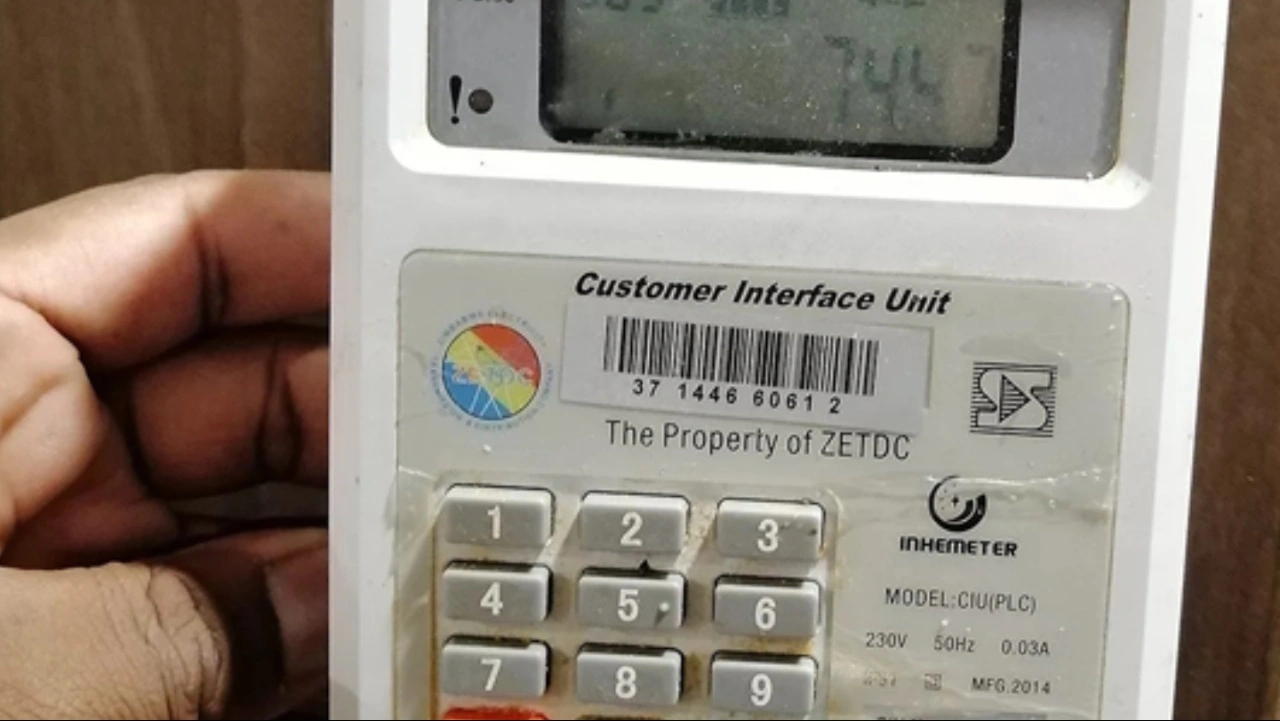
Power Data Shows Hwange Operational
Interestingly, data from the Zimbabwe Power Company (ZPC) has cast some doubt on ZESA’s claim. ZPC’s power generation update for today indicates that Hwange Power Station was generating 874 megawatts (MW) of power. This figure suggests that Hwange’s output was steady despite the “technical fault” ZESA mentioned.
ZPC’s figures have sparked curiosity among some electricity users.
“If Hwange is producing over 800 MW, why are we still in the dark?” asked one Bulawayo resident.
Others have raised questions about transparency, with some residents suggesting that more clarity from ZESA could ease public frustration.
A local energy expert, speaking anonymously, said,
“The discrepancies between ZESA’s statements and the ZPC data do raise some questions. It could be that ZESA’s fault at Hwange is intermittent, affecting certain regions at different times.”
However, he noted that without clear communication, the public would continue to speculate about the true cause of power issues.
Nationwide Frustration and Calls for a Long-Term Solution
The continuous power cuts have sparked widespread frustration across the country. Many households and businesses feel the strain, especially those without alternative power sources.
One small business owner in Mutare said, “We can’t run a business when the power is off most of the day. We need consistent electricity, or we’ll keep struggling.”
In response to the ongoing outages, ZESA has encouraged customers to remain patient while they address the problem.
“Our teams are working tirelessly to restore normal supply as soon as possible,” ZESA stated, adding that they are “fully aware of the challenges faced by our valued customers.”
The company’s apology, however, hasn’t eased tensions. A Mbare resident voiced a common sentiment, saying, “We appreciate the updates, but we need more than explanations. We need results.”
As Zimbabwe braces for potential further outages, calls for a long-term solution to the energy crisis are growing louder. Many are asking the government to prioritise investment in sustainable energy sources, such as solar or wind, to reduce the nation’s reliance on Hwange and Kariba.
ZESA has yet to respond to these calls for reform but has assured customers that it remains focused on addressing the current issues at Hwange. For now, Zimbabweans may have to brace themselves for continued challenges with power supply as ZESA works to stabilise the national grid.
Follow Us on Google News for Immediate Updates
The post Here’s Why ZESA Kept Zimbabwe in the Dark Last Night appeared first on iHarare News.


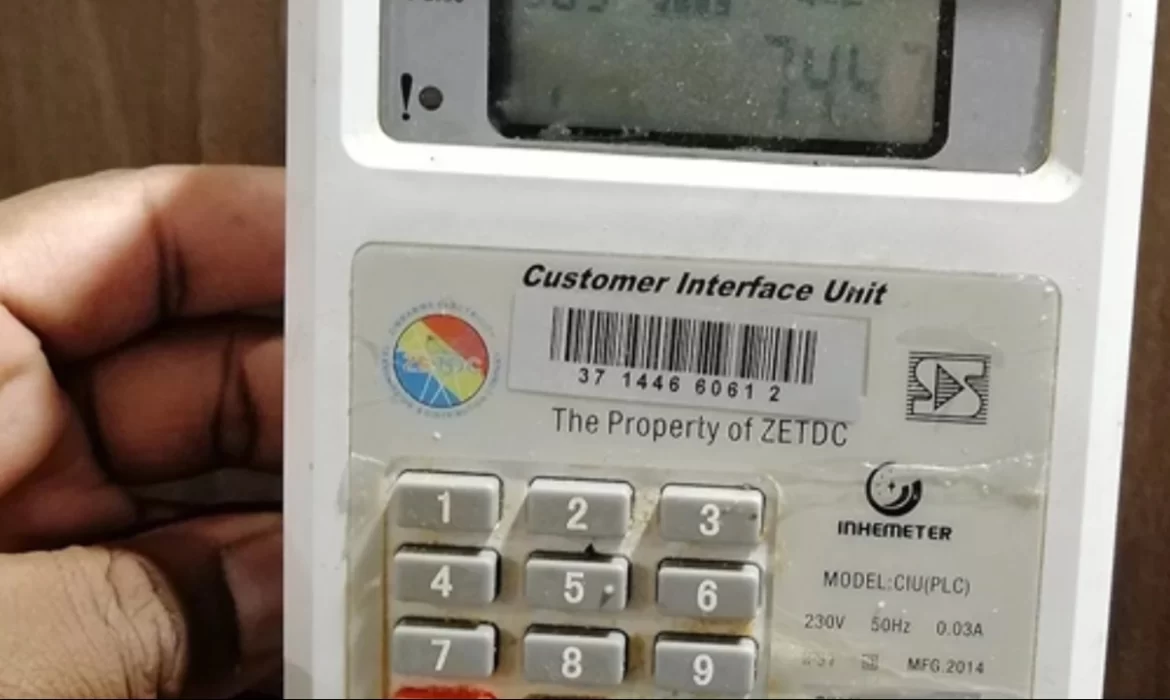
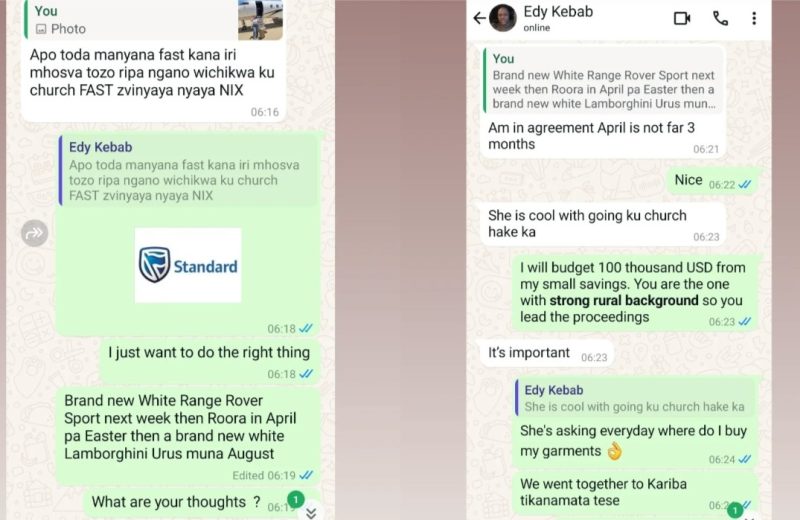
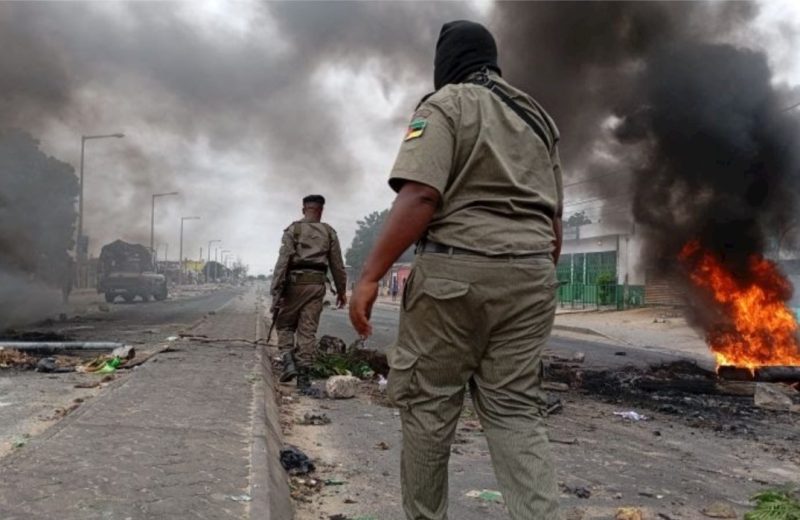
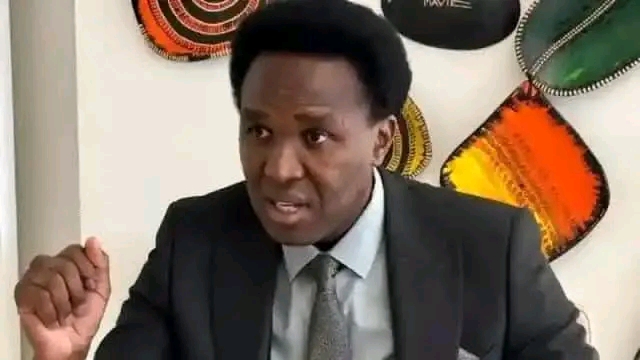




 Zim Instantly via Simplex Solutions
Zim Instantly via Simplex Solutions